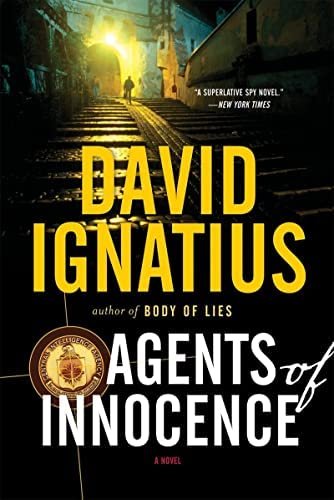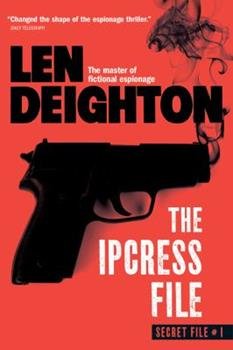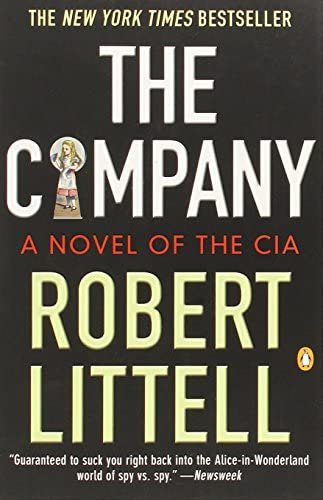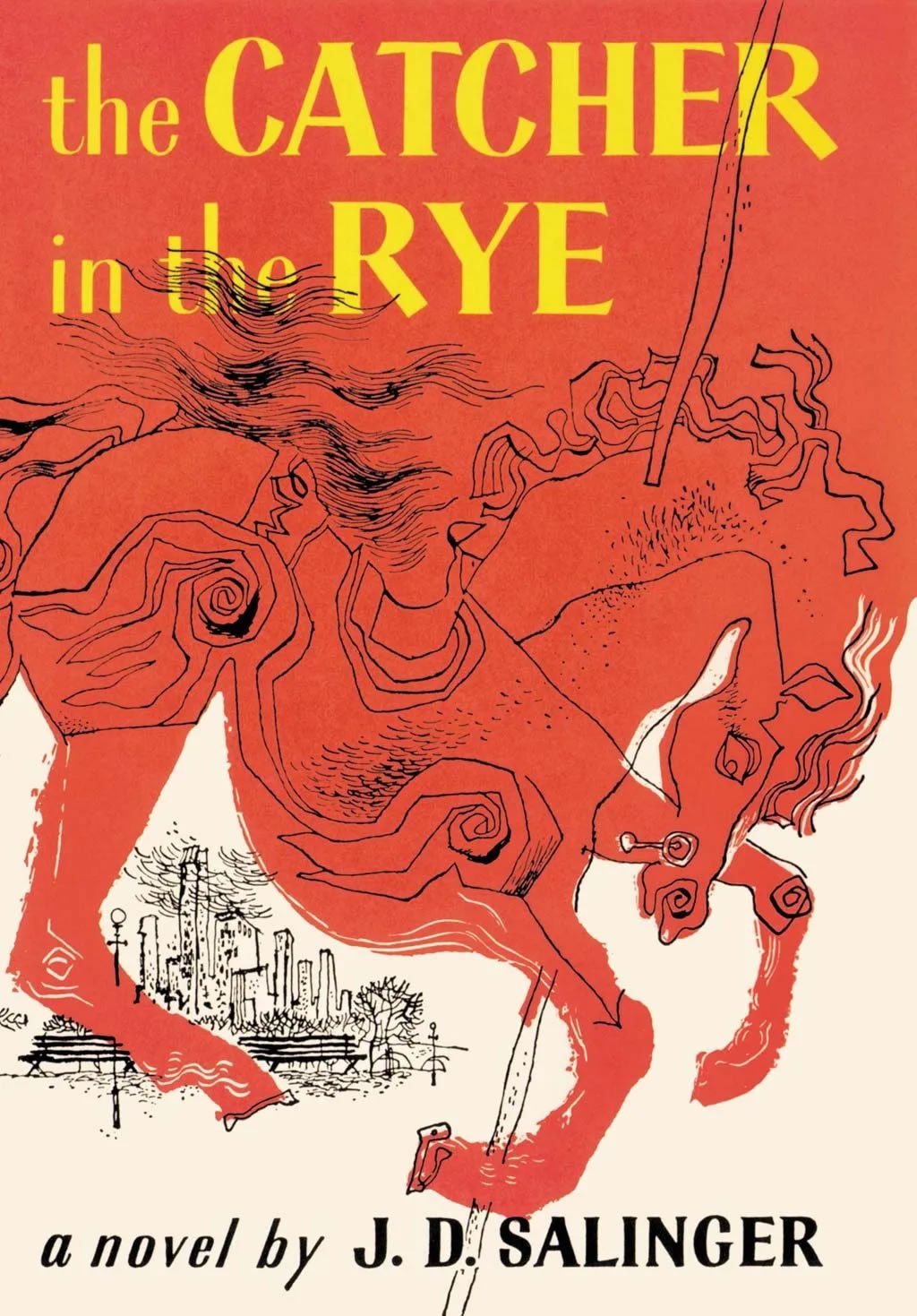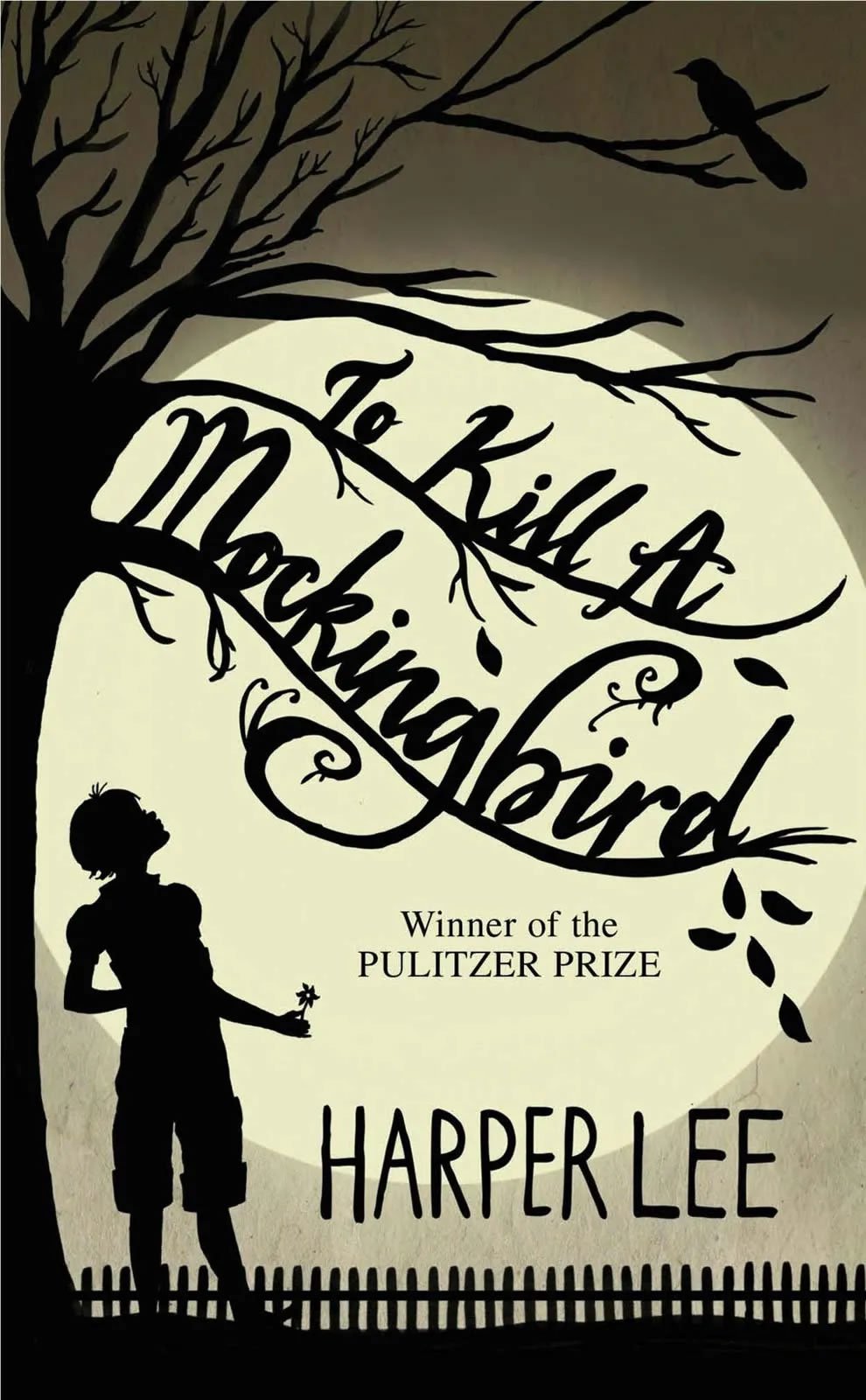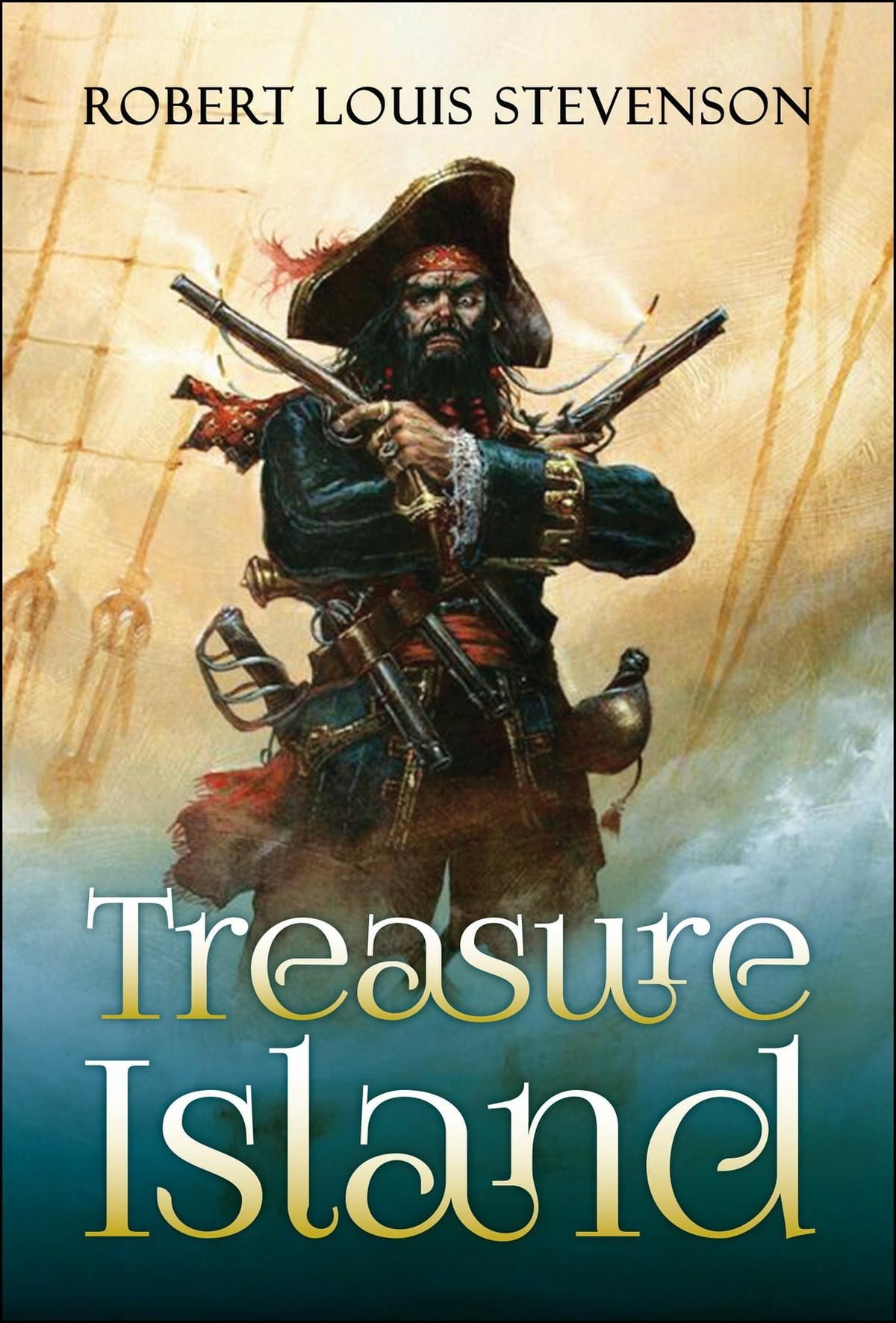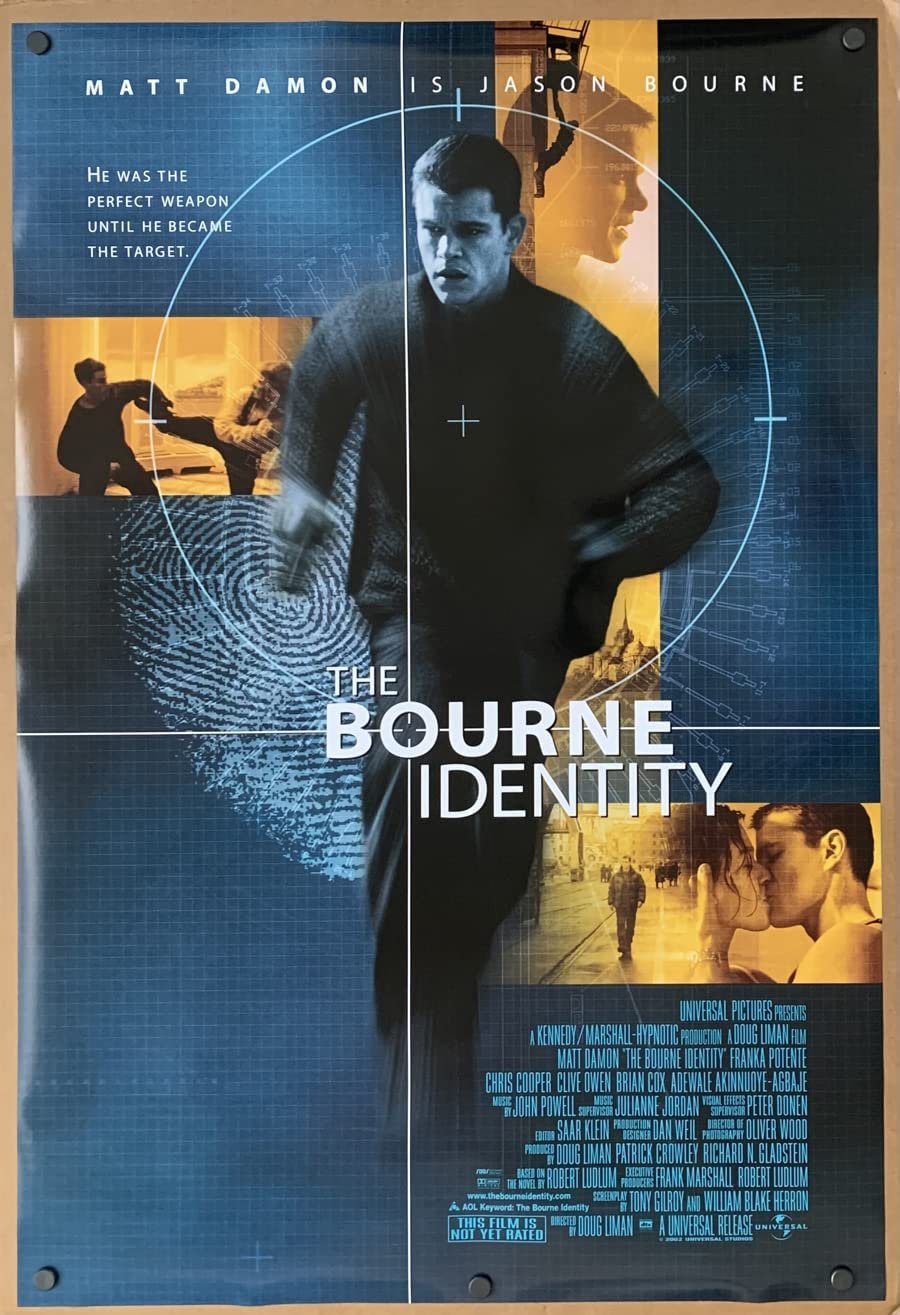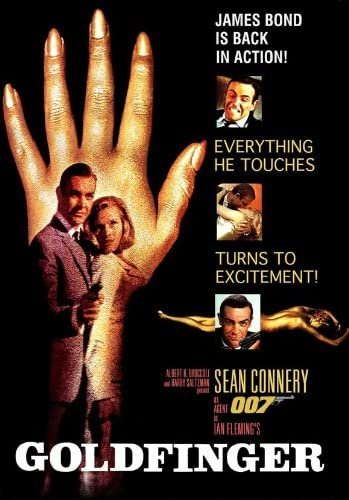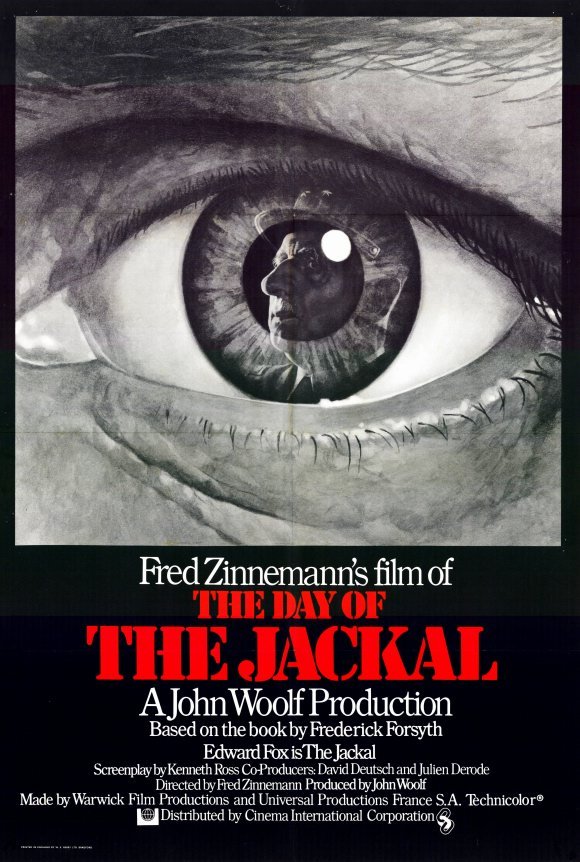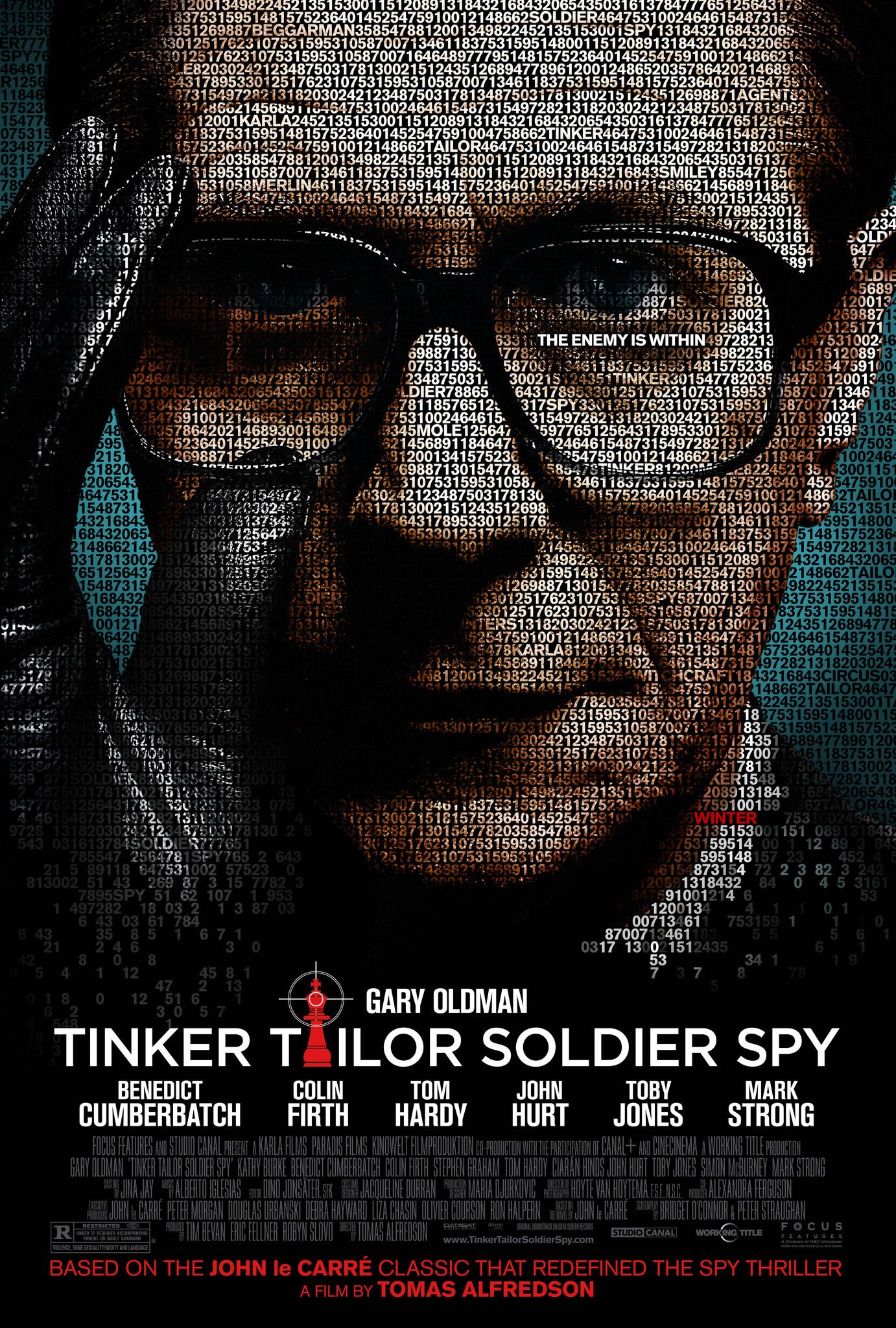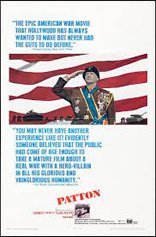Many thrillers contain a passing reference to a surveillance detection route (SDR). “After running an SDR, (fill in the superhero's name) was free to kill the bad guys…”
Simply, it is a route (usually pre-planned) that uses time, distance, or change in direction to expose whether you are being followed by car or on foot. It uses the principle: See something once is random. Twice is a coincidence. Three times you are being followed.
I learned the technique during my Agency training days on the streets of several cities. It is one of those things that has stuck with me over the years—checking the mirrors, seeing and remembering people.
Do you want proof? Let’s go to the videotape for this true story.
Post-Agency, I was in Rio at a conference collecting intel for Motorola. Upon arrival, I—looking like an American—decided mid-day to walk along the beach with my colleague—a gentleman from India. We stupidly flashed, “not from here.”
I was in SDR mode, having been warned about street crime. No watch, etc. As we crossed the street from the hotel to the beach side, I said to him, “we are being followed. Stay with me.”
He started to look around in a sort of panic. “Don’t worry,” I said. I had it down to three people. I walked on the sidewalk, angled down some stairs to the beach level, walked on that path, then up the stairs back to street level. That narrowed three to one. The other two were coincidences.
A skinny teenage kid in soccer shorts and a muscle shirt. We headed back toward the hotel, but he still followed us—too close. We angled across a street. He did the same. I stopped to look around, and he got within a few feet and pretended to look at a tree. I said, “Really?”
I knew the hotel was above a fancy mall, with a door that entered the street. I figured no kid looking like him would follow us in. He did. Mistake. I went into the nearest store…an expensive piano store. If you have $20K in your pocket on vacation, go get a piano? Anyway, I went to a guy and tried to explain what was happening. He didn’t speak English. Another guy understood and said he would take care of it.
Two large security guys picked the kid up and used his head to ram open the door.
What does this have to do with writing?
All books have those coincidental moments that propel the story. One person glances out the window to see the other person get into the car, and the light goes on, and we see it is THAT person’s car. Or they search a drawer, and there is the thingie that has to be found.
The problem is that these needed plot elements often descend from coincidence to “jump the shark” ridiculousness, not something even in the fictional work.
Example. Bourne Ultimatum (2007). Very entertaining movie. Remember when Daniels is blown-up on the streets of Tangiers as he carries secret Blackbriar documents in a briefcase? Bourne later goes to the morgue and looks through the mangled briefcase and its burnt contents. Lo and behold! What scrap of paper among the ashes does he find? A piece that has the CIA emblem on it. What is right below? The unburnt real address locating the secret CIA station in New York.
Hallelujah!! How fortunate that it survived and that the CIA puts the location of stations on the cover of secret documents! Off to New York he goes, and the rest of the fun begins.
I sat forward in my movie theater seat and put my head in my hands.
I have read too many books in the thriller genre laden with jump the sharks. Some are small. Subtle. Critical…and ridiculous. It kills it for me.
I know. I know. It is fiction and what readers really want is entertainment.
Is it a big deal? Coincidences do happen. I have coincidental action in my books. It does move the story. But jump the sharks are lazy writing. I have been close, I admit. I just don’t want to get lazy and merely plot in the ridiculous and move on.
I want my readers to see I have tried to avoid the sharks, or at least can explain why something happened—as ridiculous as it might seem!







